The state of Odisha and the beautiful colours of art and craft also shelter the magical beats of folk dances. Every district, tribe, and region has something of its own. The one thing that is common in all of them despite being from different regions is the influence of Jagannath culture. Let’s have a look at some of the famous folk dances of the land…
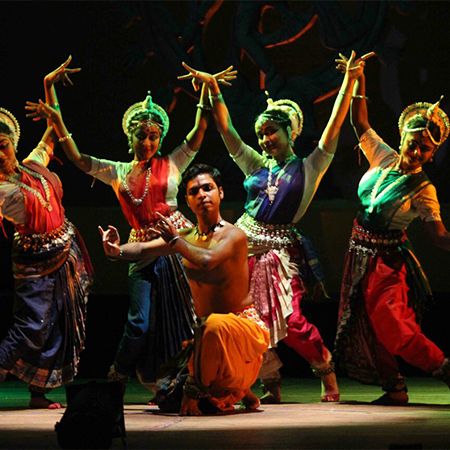
Sambalpuri Dance: The dance style finds its origin in Western Odisha, particularly in the Sambalpur district. The dancers are mainly females accompanied by supporting male dancers. The dance joins in the tribal style and even handicrafts into it. The sarees that the dancers were are a regional handicraft of Sambalpur, famous as ‘Sambalpuri Sarees’. The music is even folk music using instruments that produce natural music. A particular regional music orchestra known as ‘Dulduli” music is used most of the time. The dance style is practiced in times of functions and festivals and even for narrating ancient war stories. As a result, it strongly holds the glorious history of Odisha.
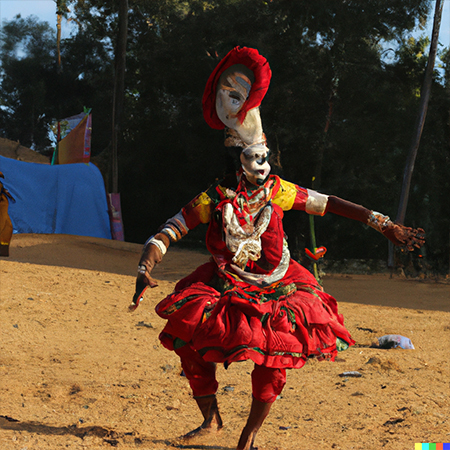
Chhau Nacha: This is a semi-classical folk dance of Odisha mainly concentrated in the district of Mayurbhanj. The name is thought to be derived from the Sanskrit word ‘Chaya’(meaning shadow) or ‘Chadma’ (meaning disguise) or ‘Chauni’ (meaning military camp). The dance style narrates stories of ancient glories and other folk tales. The dance styles are mainly seen during festivals, especially during the Chaita festival. The dancers use masks in some regions, but the Mayurbhanj Chau does not have the mask on dancers as a result giving them the edge in facial expressions. This folk dance has made its place among the masses and even got international recognition as UNESCO listed it in the ‘Representative List of the Intangible Cultural Heritage of Humanity’.
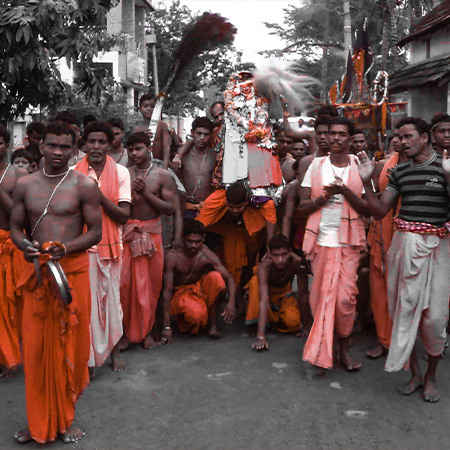
Odissi: The dance style that has its start from ages and has grown to be the prime Identity of Odisha. Its influence is seen everywhere, starting from temples to courts of kings. Its pieces of evidence are even found in ancient texts like ‘Natya Sastra’. Its poses are even found in sculptures. The dance style passed through the ages, empires, and a variety of mindsets where at times it was suppressed. But it never lost its grace. In the Puri temple, in earlier times this art form was performed both for the deities and the king. The most interesting fact is that the dance style is for both males and females and even has varieties like ‘Gotipuo’. The dance form also joins with the crafts of Odisha as the ornaments that are worn by the Odissi dancers are mainly silver filigree works. The dance style has evolved well with time and has made a place among the masses.
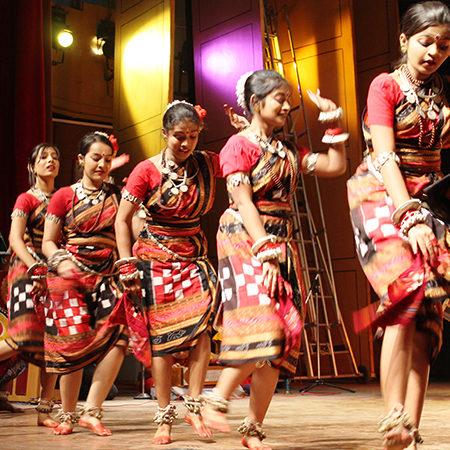
Paika Nacha: The style, is a war-style dance that commemorates the ancient warrior culture of Odisha. The Ganga and Gajapati kings made provisions of reserved warriors for their kingdom to help the main troops during the time of war. These warriors practiced war styles in their leisure time. Over time the wars and their positions dissolved and the general practice took the form of a dance style. In the form, the dancers in soldier attires dance to the beats of the musical instruments and demonstrate the war styles. The dancers for this art form are generally male and instead of ornaments, they have mainly weapons, like swords and shields in their hands. The art style shows the proud soldier and war culture of Odisha.
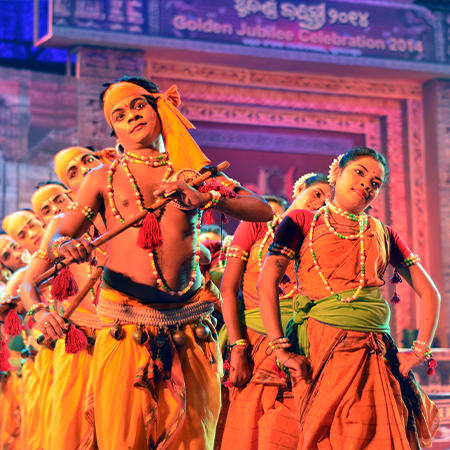
Danda Nacha: During the 6th century AD the king of Boudh started a dance art style that was meant to popularise Hinduism idealizing Lord Shiva. The art style crossed the length of time and even today prevails as a folk dance that also retains its religious values. The dance derives its name from the instruments used, a ‘Danda’ that eventually symbolizes Lord Shiva. The dancers dance to the beats of drums maki g is one of the best drum dances in the world. It prevails in the present time in the districts of Balangir, Dhenkanal, Ganjam, Puri, and Cuttack. This dance form is a perfect combination of music, folk culture, and theatre.
Apart from all these, several others prove that the Land of Odisha has not only created art and craft to awestruck people but also regional engaging beats to dance to.
